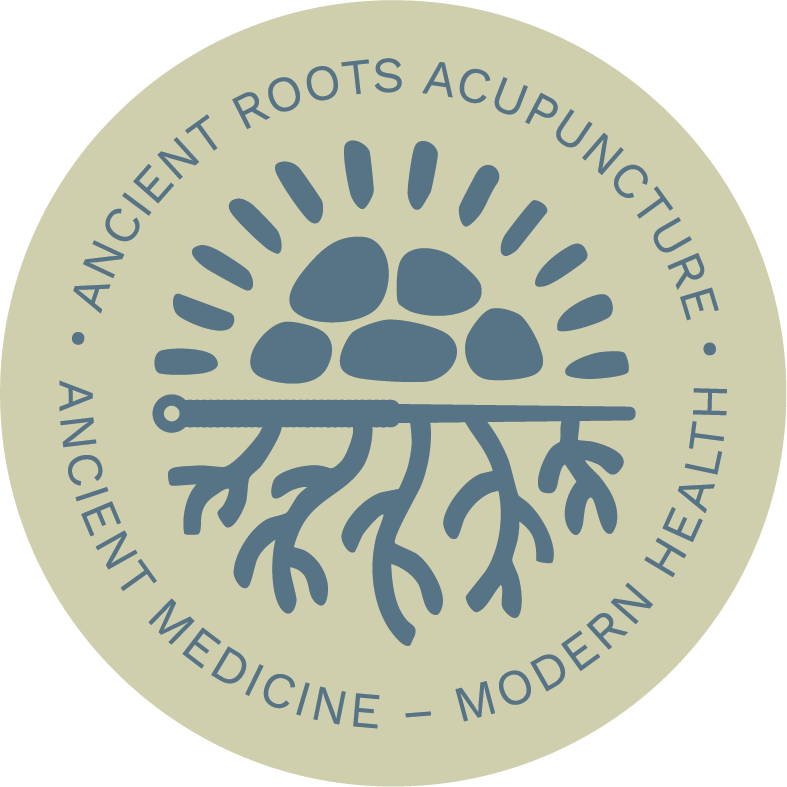Frequently Asked Questions


Insurance and Payment
Does insurance cover acupuncture?
Sometimes. Insurance policies in Illinois do not always include acupuncture. Sometimes we are listed as in-network, but each medical plan can vary on whether or not acupuncture in included. Most HMOs have no acupuncture coverage and Medicaid does not cover acupuncture. Most Union BCBS plans do have acupuncture benefits, however there are some exceptions such as the teachers union does not include acupuncture. It’s always important to check your benefits before assuming that you will have acupuncture covered.
Do you accept Medicare/Medicaid?
No, but we provide superbills which you may submit to your insurance after paying for your appointment.
Can I use HSA/FSA?
Yes, you can use HSA/FSA funds for acupuncture with any of our acupuncturists and for herbal formulas and topicals.
How much does an acupuncture session cost?
The first visit’s cash price is $120. Cash price for follow-up visits is $90 and then 60 minutes is reserved but may not take up the entire time.


Treatments
What kind of symptoms or ailments can acupuncture be useful in treating?
Acupuncture can help address a wide range of conditions, including chronic pain (like back, neck, and joint pain), sciatic nerve pain, headaches and migraines, stress and anxiety, digestive issues, sleep disturbances, women’s health concerns (such as menstrual pain, menopausal symptoms, or fertility support), and overall immune and energy balance. It’s often used to promote natural healing and restore the body’s equilibrium.
Can I book an acupuncture appointment?
Patients can book online, call, or text to set up an appointment.
What therapies do you offer?
Acupuncture, herbs, massage, cupping, gua sha, Qi gong, and more.
Does acupuncture hurt?
Most patients feel little to no discomfort. In fact, patients tend to find themselves surprisingly deeply relaxed during the treatment.
Approach
Do you treat symptoms or the whole person?
We treat the whole patient, using East Asian therapies to address not only the branch or symptoms but the root cause of the disharmony.

